The Sudbury Neutrino Observatory (SNO), a 1000 ton heavy water
Cherenkov detector under
construction in INCO's Creighton mine near Sudbury, Ontario (Canada)
Neutrino detectors
Neutrino interactions
with matter are extremely rare, so detecting a neutrino is very hard.
Neutrino detectors are typically large, underground tanks filled with a
fluid that reacts to neutrinos. In neutrino detection, bigger is better! The bigger the tank (detector), the more neutrinos it will detect.
One example of a neutrino detector is the Super-Kamionkande in Japan.
Here's a piece of trivia for you:
early neutrino detectors were filled with a type of cleaning fluid!
You might also be interested in:
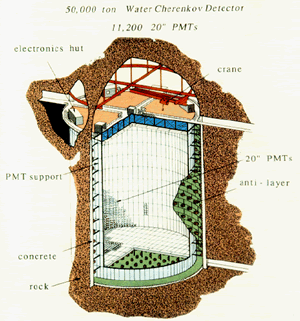
Super-Kamiokande is a neutrino detector located in the Kamioka Mozumi mine in Japan. Water fills this huge tank. In fact, it is the world's largest underground neutrino detector. Super-Kamiokande is a
...more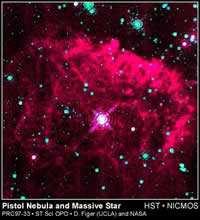
Fusion in the core of stars is reached when the density and temperature are high enough. There are different fusion cycles that happen in different phases of the life of a star. These different cycles
...more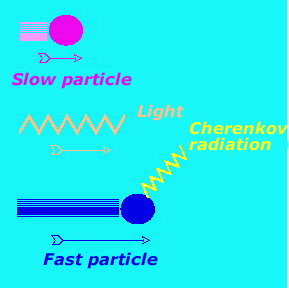
The theory of relativity states that no particle can travel at the speed of light in a vacuum. However, light travels at lower speeds in dense media, like water. A particle traveling in water must have
...more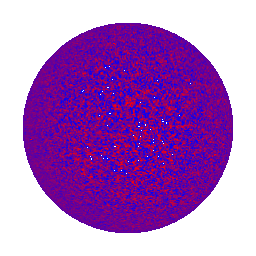
The Sun releases energy. This energy is made in the center of the Sun. But we can't see past the surface of the Sun. So how do we know how this energy is made? Well, scientists use diagnostics to figure
...more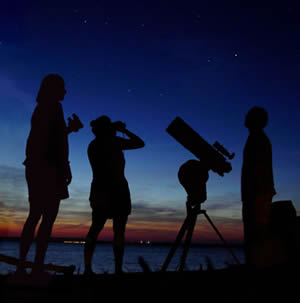
Have you ever looked up and wished that you could take a closer look at the Moon or see the rings of Saturn? You have probably seen photographs of distant galaxies, exploding stars, and glowing nebulas.
...more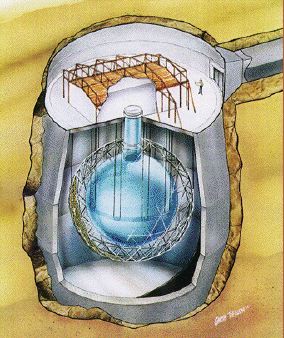
Neutrino interactions with matter are extremely rare, so detecting a neutrino is very hard. Neutrino detectors are typically large, underground tanks filled with a fluid that reacts to neutrinos. In neutrino
...more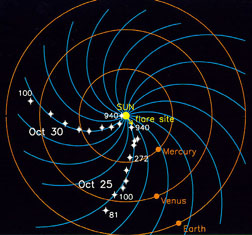
The Sun acts like it has a big magnet in the middle of it. We call this the Sun's magnetic field. The Sun's magnetic field has a fancier name, the Interplanetary Magnetic Field (IMF). This just means that
...more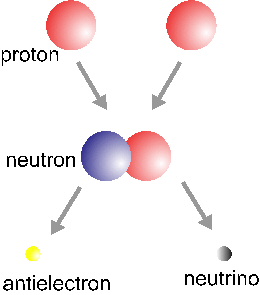
In the basic Hydrogen fusion cycle, four Hydrogen nuclei come together to make a Helium nucleus. This is the simple version of the story. There are actually electrons, neutrinos and photons involved in
...more














